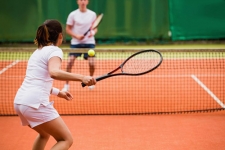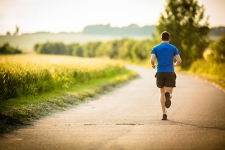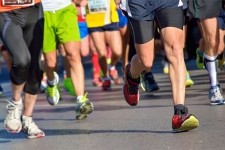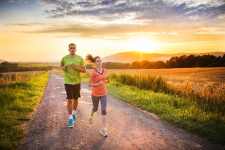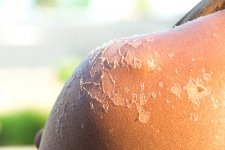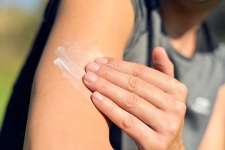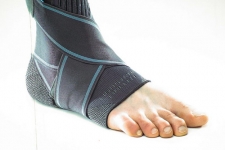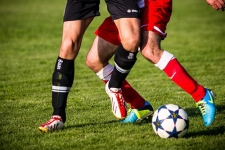Backpacks…Back Pain…and Your Child
The purpose of a backpack is to allow an individual to carry a fair amount of items in a manner that’s not only practical but also in a way that distributes the weight of the load across the shoulders and back. Unfortunately, overload can easily occur which, in turn, can strain the shoulders, back, and neck – the exact areas that the pack was meant to spare excess strain. If our backs, in particular, are subjected to bearing heavy weights for extended periods of time, the body will attempt to compensate for the extra load.


